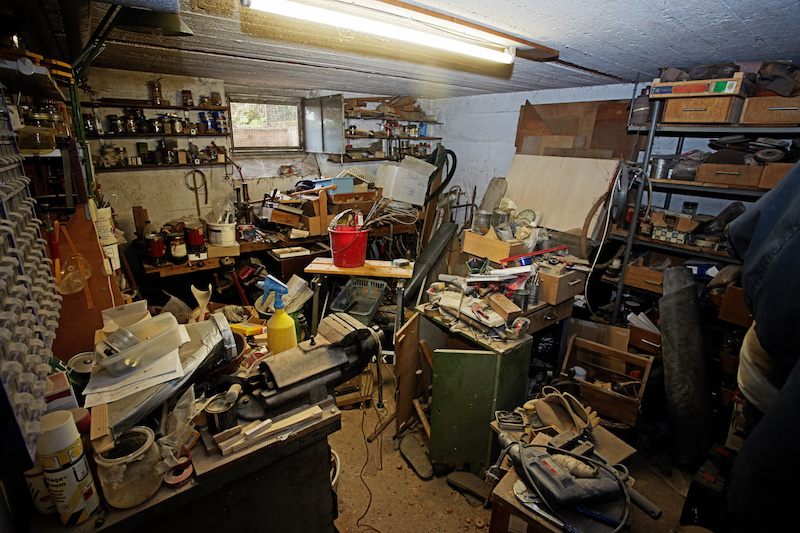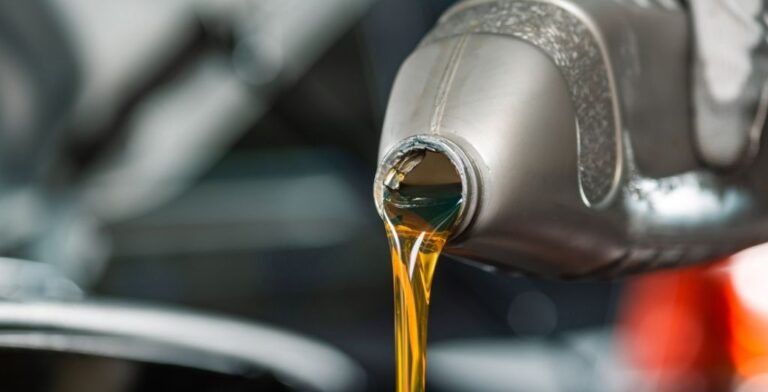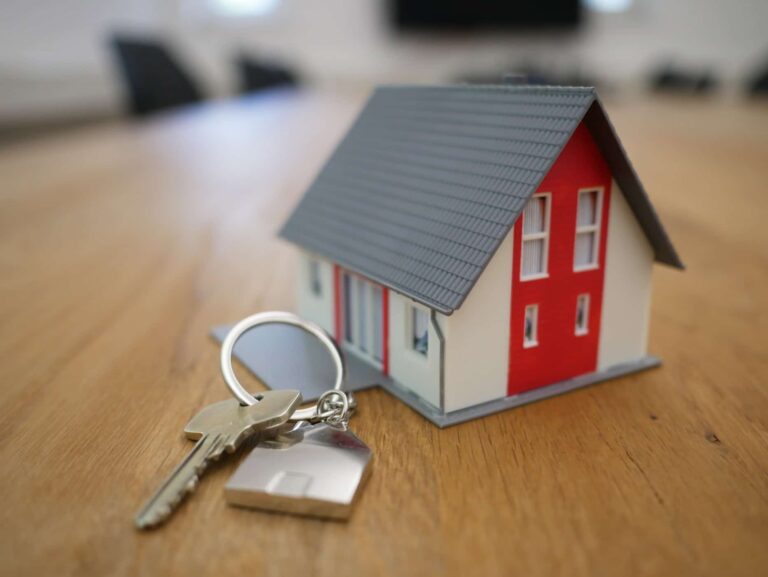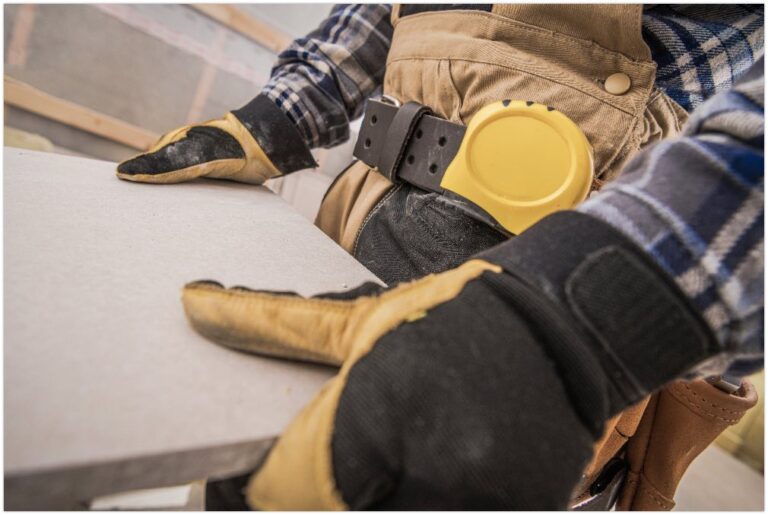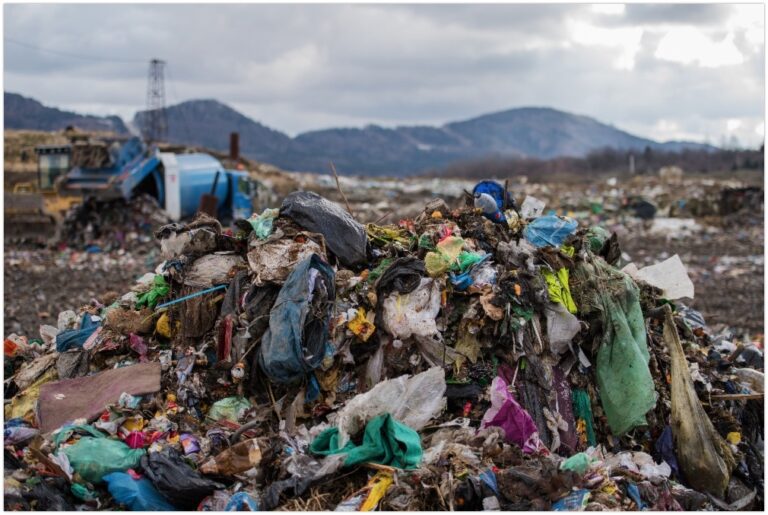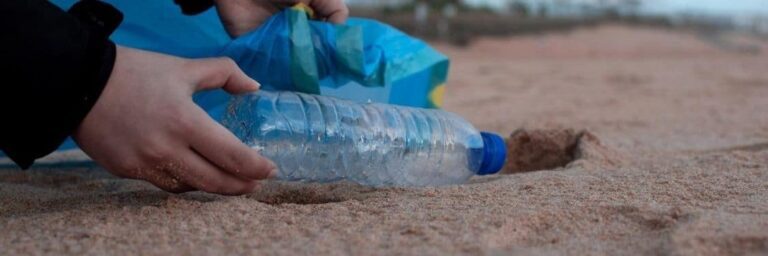Recycling at home is a small yet significant step for Aussie households, especially those living in dense suburban areas. As of 2022, Australians generate around 67 million tonnes of waste annually, filling up our landfills at an unprecedented rate, especially during the height of the Coronavirus pandemic.
But as more Australians understand the threat of irresponsible waste disposal, more Sydneysiders are taking actionable decisions to help curb the country’s rising rubbish problem.
Segregating junk and having a different bin for every rubbish type is a good start. But most of the time, there’s only so much you can recycle, and your green bins may still end up in landfills.
In other cases, recyclables get thrown in landfills due to waste contamination. Contamination happens when non-recyclable rubbish is thrown in your green bins, rendering the entire heap impossible to recycle. We’ll get there in a minute.
In this post, we’ll discuss what happens to non-recyclable junk, including contaminated bins, and give you an idea about the impact of responsible recycling and segregation.
What Can Be Recycled
Sydney’s local kerbside recycling programs make at-home recycling incredibly convenient. The most common recyclables include office paper, magazines, old newspapers, and junk mail.
You can also recycle clear, green, and amber bottles and unwanted jars, milk cartons, and rigid plastics. Many facilities also process scrap tin and aluminium, giving your metal waste another life.
However, tons of recyclable items at home cannot be recycled in processing facilities for raw material collection.
What Can’t Be Recycled
Most of the household and commercial rubbish generated across Sydney is not recyclable. That includes common disposable cups and junk such as:
- Single-use plastic wrappers
- Disposable nappies
- Garden waste (compostable, not recyclable)
- Bubble wrap and parcel foam fillers
- Animal carcasses
- Used engine oil
- Light bulbs
- Ceramics
- Takeaway Coffee Cups
Furthermore, the actual state of recycling isn’t plain black & white. Since recyclable junk undergoes chemical and physical processes to recover raw materials from waste, recycling bins must be kept well-segregated and free from contaminants.
Why Waste Contamination Makes Recyclables Worthless
The entire lot becomes contaminated when you put non-recyclable junk in a recycling kerbside bin. For instance, recycling facilities that process paper have fine screens to recover pulp from waste paper, and no plastic must get into these components.
Plastics that contaminate a batch of paper waste can clog these screens and other parts of the recycling workflow, causing expensive repairs and hours lost from maintenance downtime.
Since it takes much time nitpicking through contaminated bins to find valuable raw materials, it’s more practical to throw contaminated and non-recyclable containers to landfills.
What Happens to Non-Recyclable Junk?
Your household, commercial, and industrial rubbish undergo different processes depending on the type and nature of the waste materials. The most common way to dispose of common residential waste is by dumping them in landfills.
Landfilling
All waste materials unsuitable for material recycling, chemical treatment, and incineration are deposited in sanitary landfills. For a landfill to operate, it should comply with legal and technical requirements. Otherwise, specialists advise pre-treatment to prepare the landfill for dumping.
Landfill sites cause a wide range of health and environmental issues. That’s why we at Paul’s Rubbish Removal Sydney only dispose of waste materials if we cannot reuse, recycle, or recover them.
Incineration
Households and business spaces often generate combustible waste, such as firewood, paper, and flammable chemicals, which are harmful in landfills. These non-recyclable materials undergo thermal treatment in industrial wood furnaces or incineration plants.
Medical and biohazardous waste are also incinerated since they pose a severe health hazard to rubbish removalists and people living near landfill areas. Depending on the incineration plant, the heat released during the process can be harnessed to generate electricity to power buildings.
Incinerators are equipped with effluent scrubbers to contain exhaust gases and fly ash. Contaminated recycling bins are also thermally treated to utilise their energy for cement and industrial plants, as they are excellent alternatives to fossil fuels.
Chemical-Physical & Biological Treatment
Some waste undergoes chemical-physical and biological treatment to remove pollutants and facilitate safe landfilling. Polluted excavated materials and wastewater often undergo this treatment to isolate and concentrate contaminants from the rest of the rubbish.
Common Chemical-Physical & Biological processes include:
- Flocculation & Coagulation
- Ion exchange
- Neutralisation
- Adsorption
- UV Sterilisation, among others
The post-treated rubbish should be safe for landfilling since all toxic substances which could leach off the soil are stripped off chemically or physically.
Effective Rubbish Collection Sydney
The network of the waste management sector is a complex interconnection of chemical, physical, and biological processes that collects useful materials and minimises waste output.
This is where rubbish collection comes into the picture. Local rubbish removal services serve as the lifeblood of the waste management sector as the entity that collects your waste and sends it to respective recycling & disposal centres.
